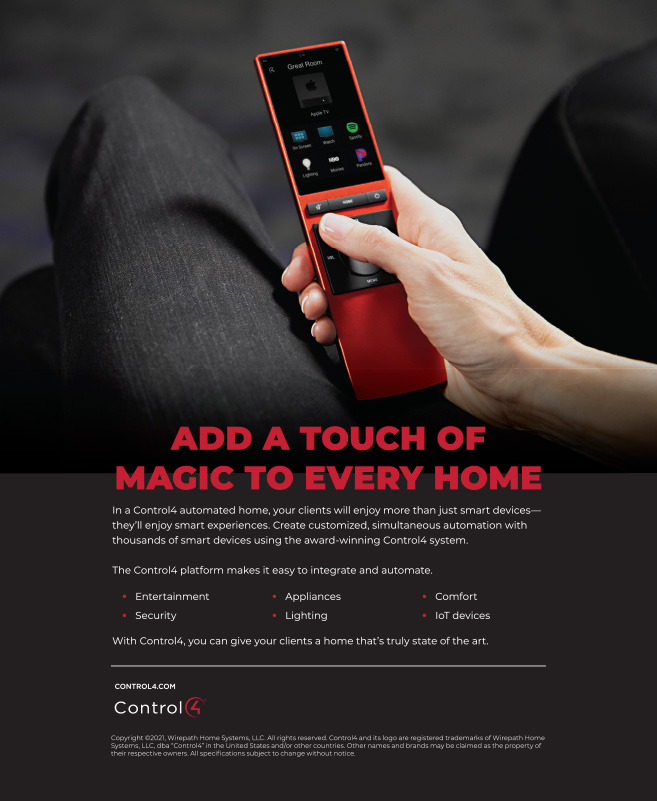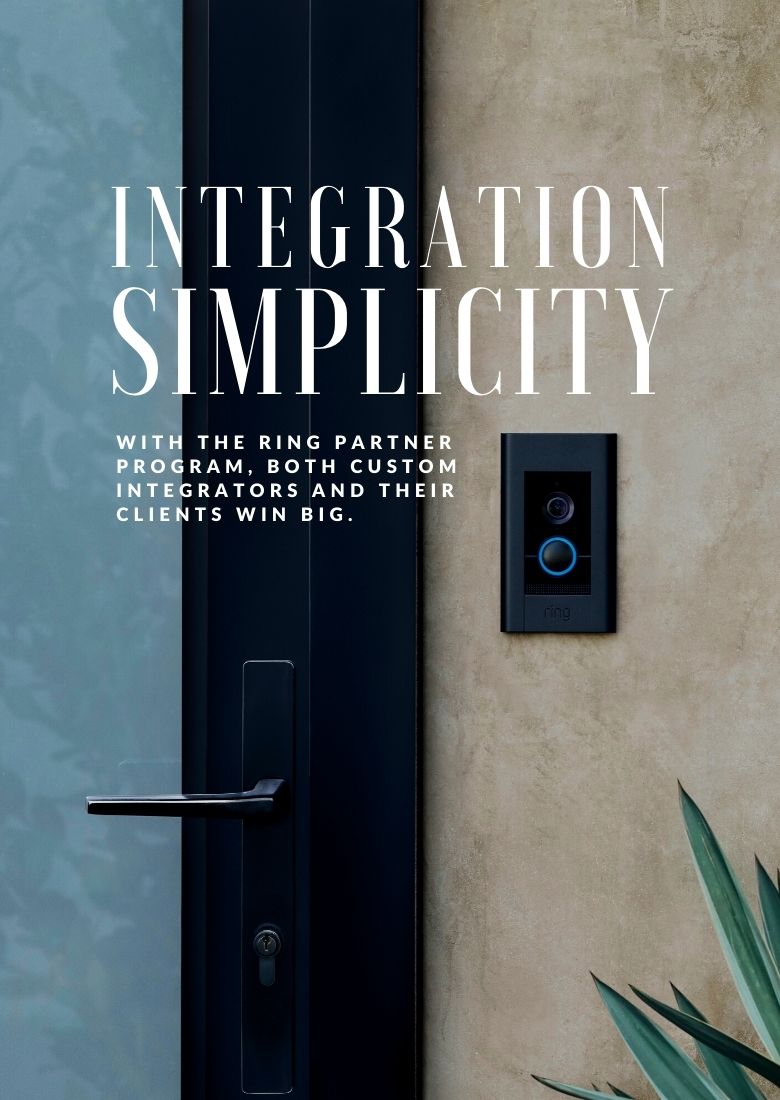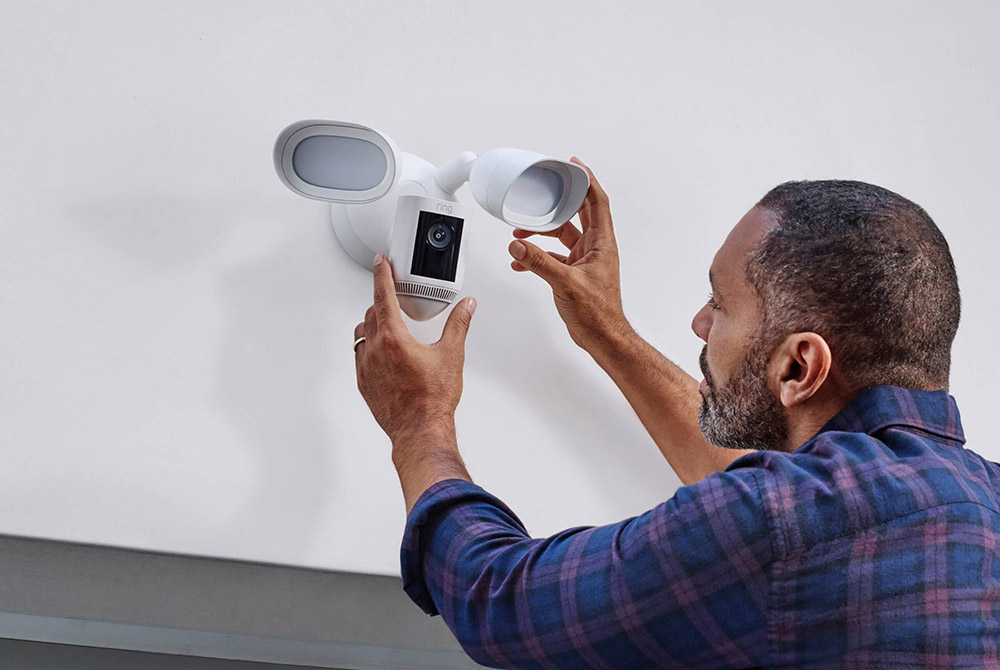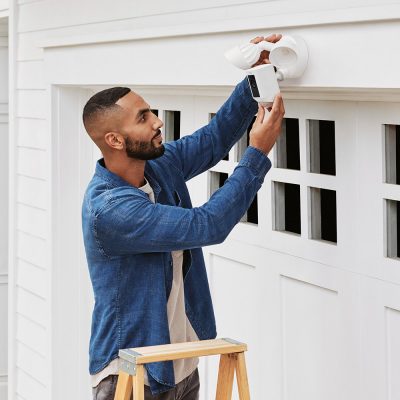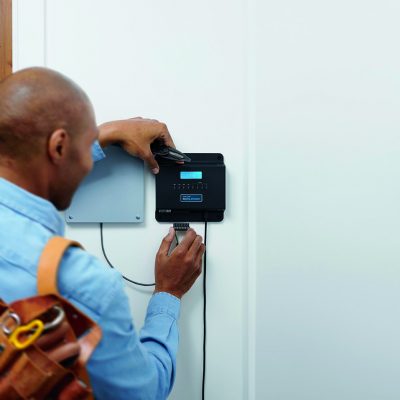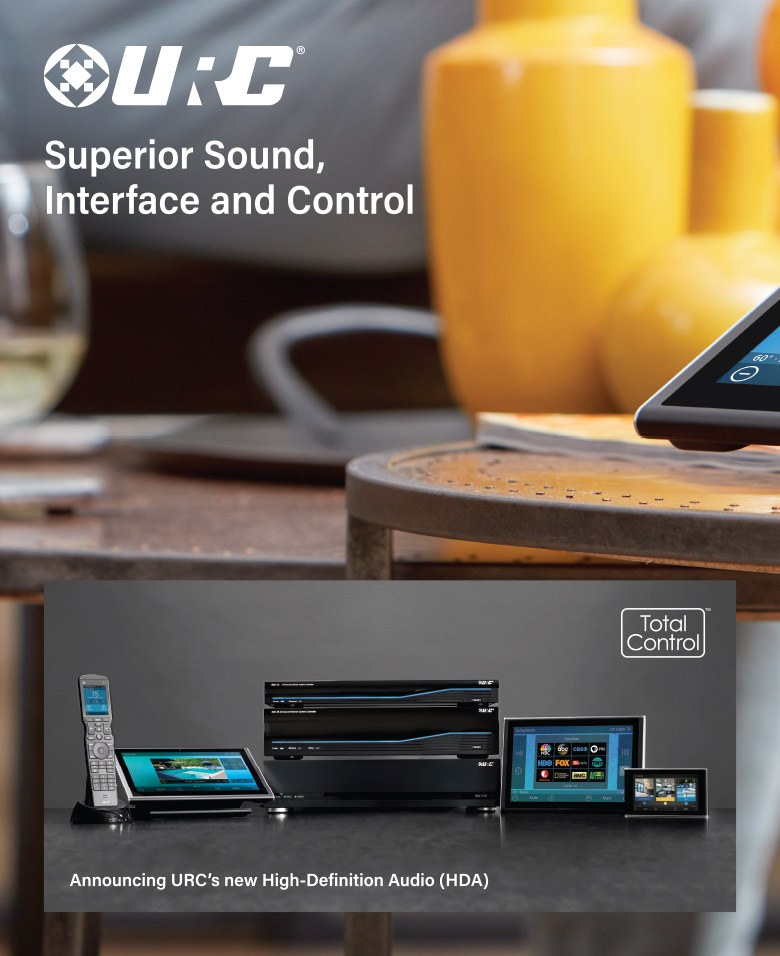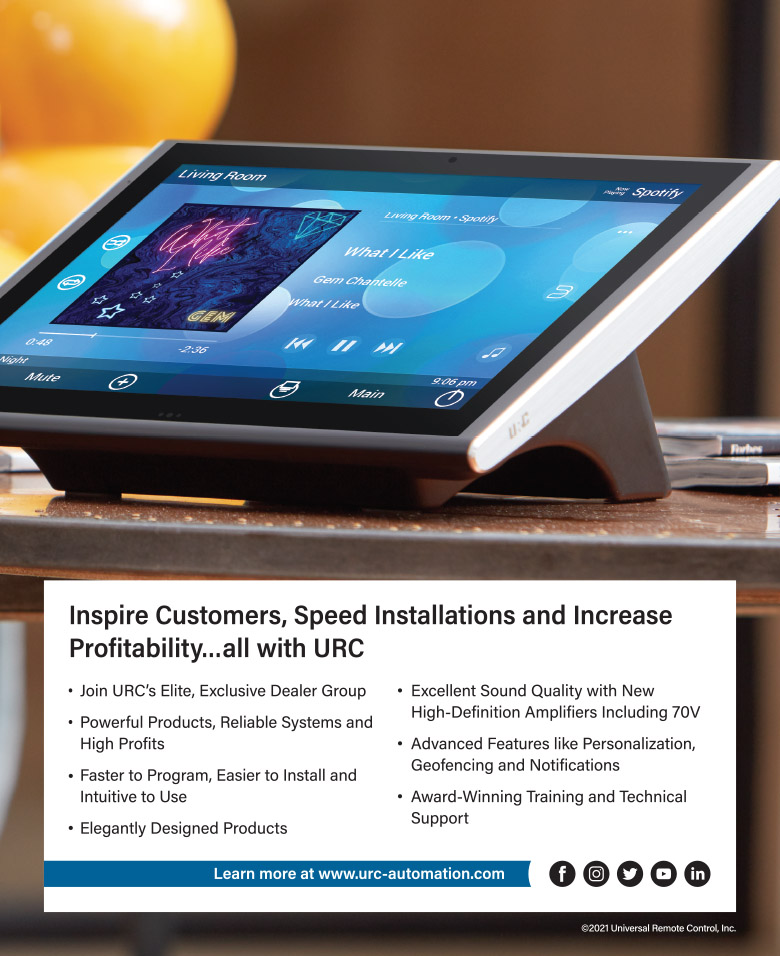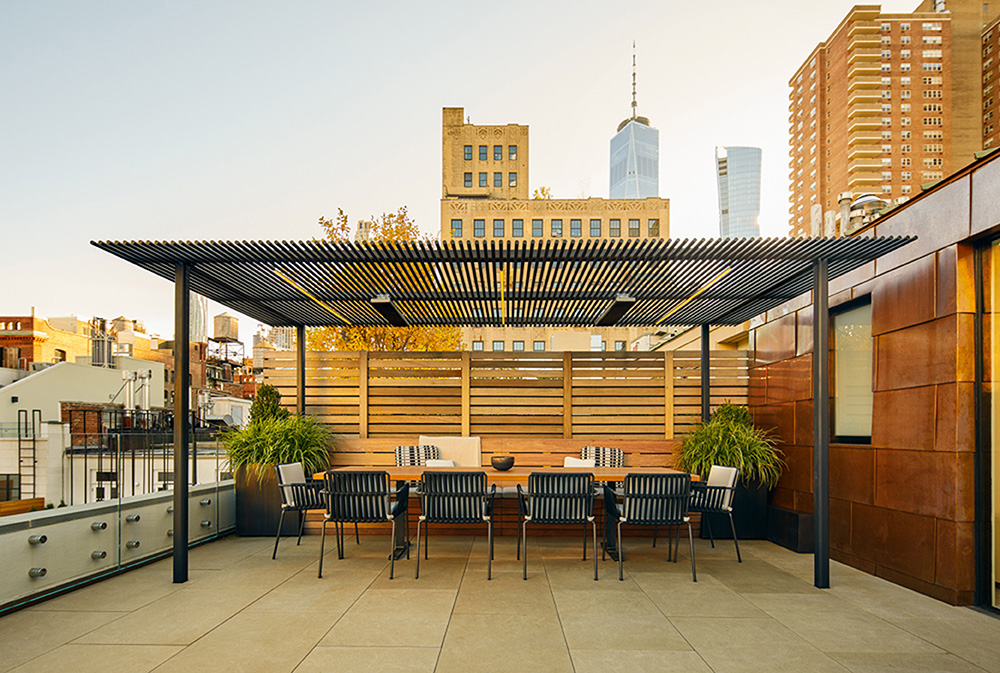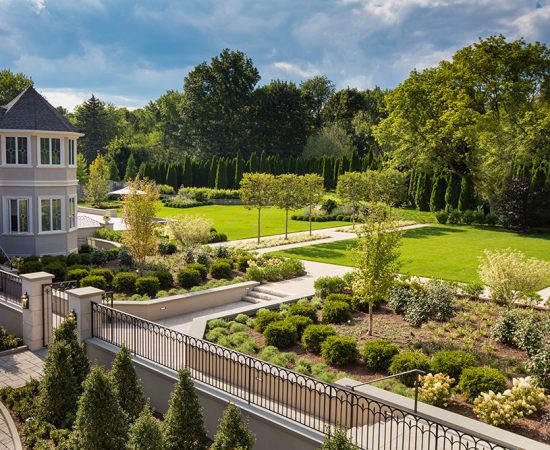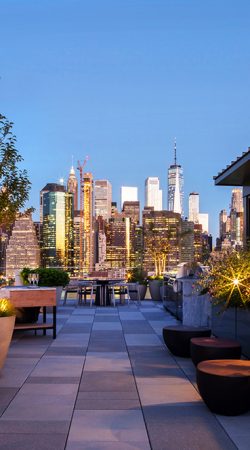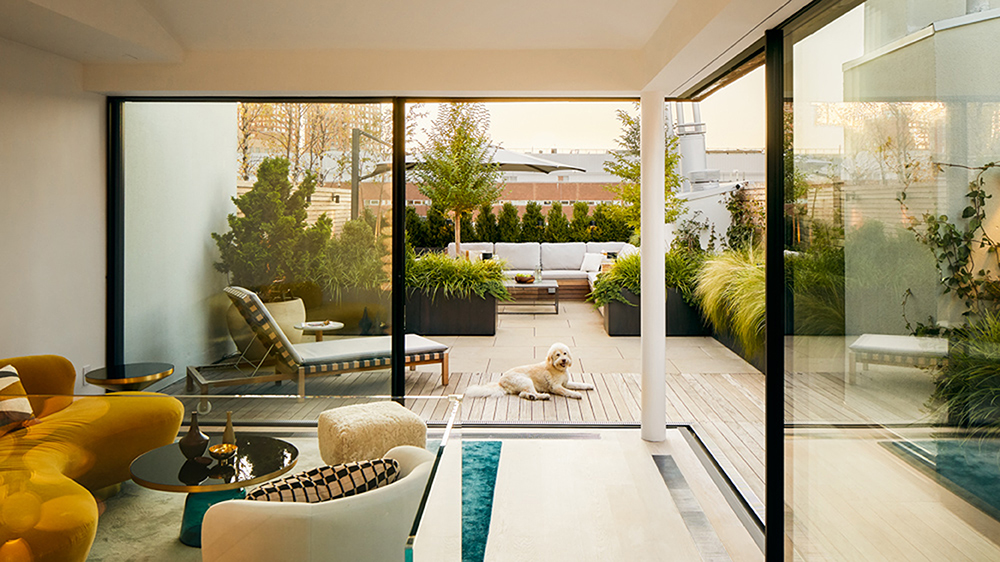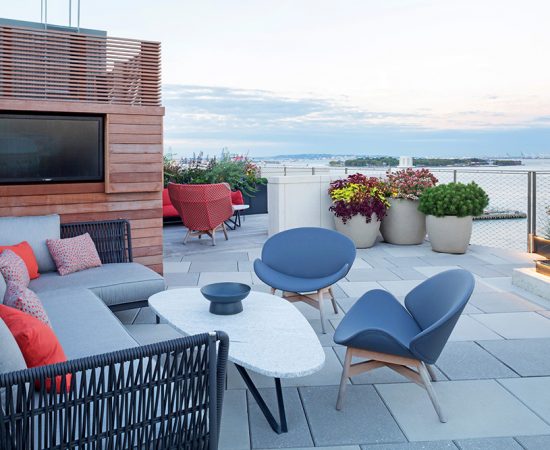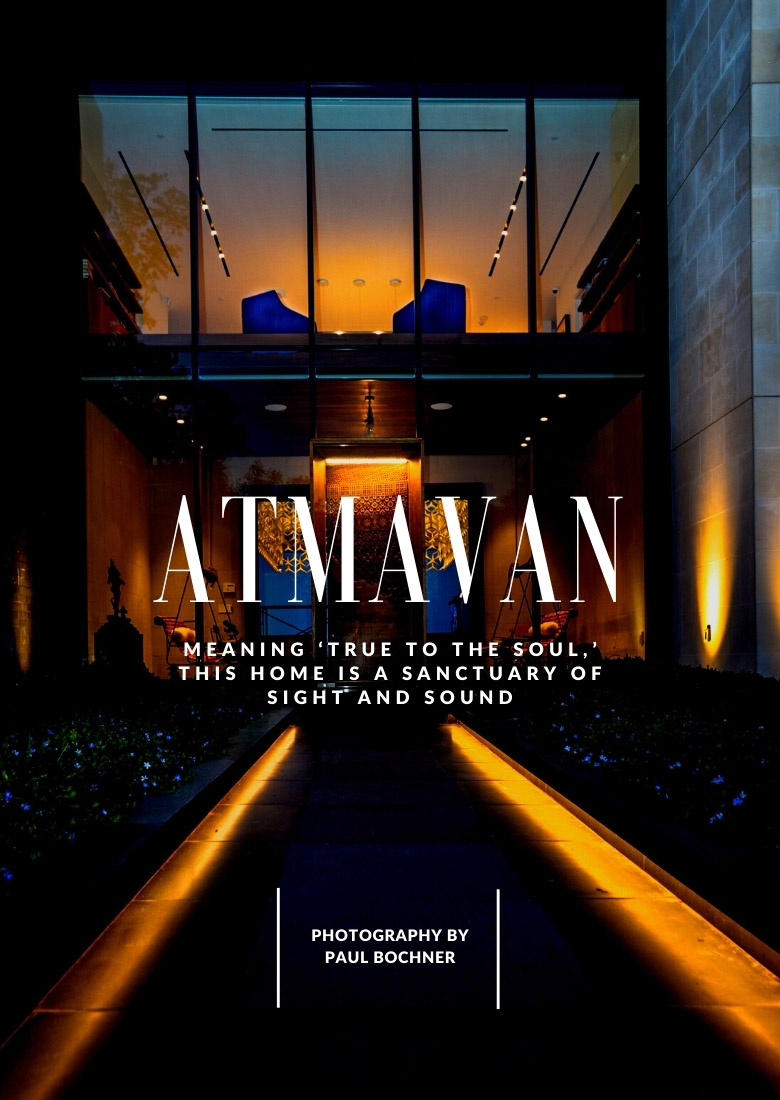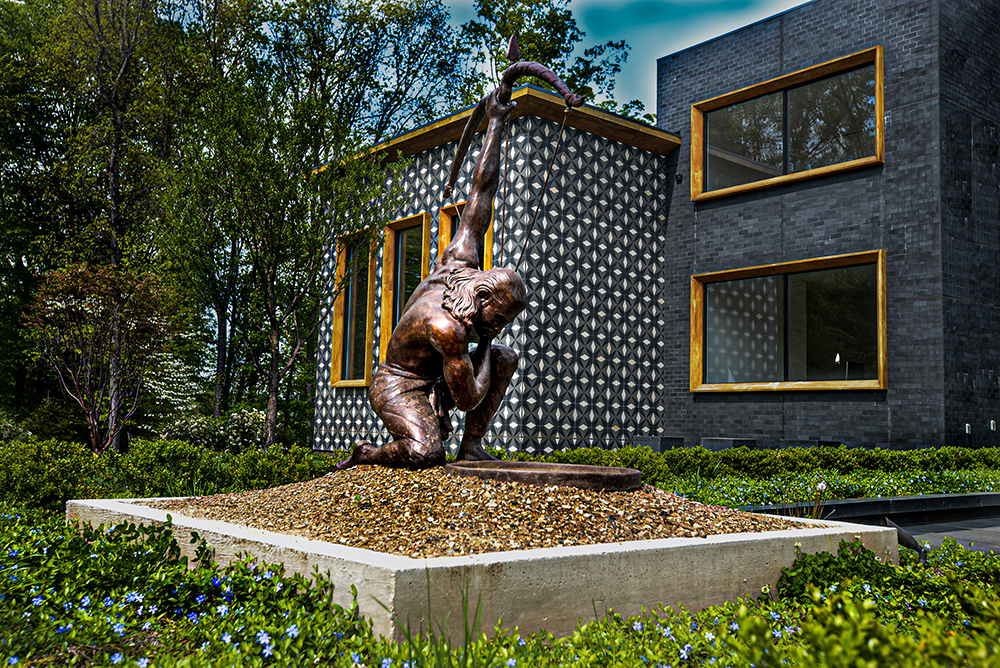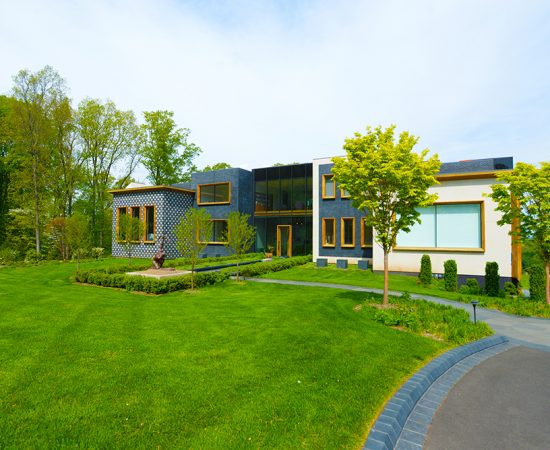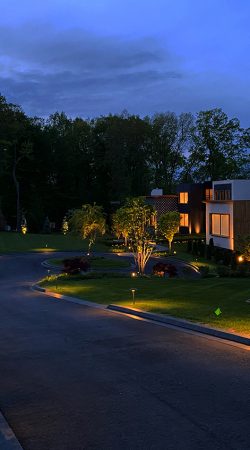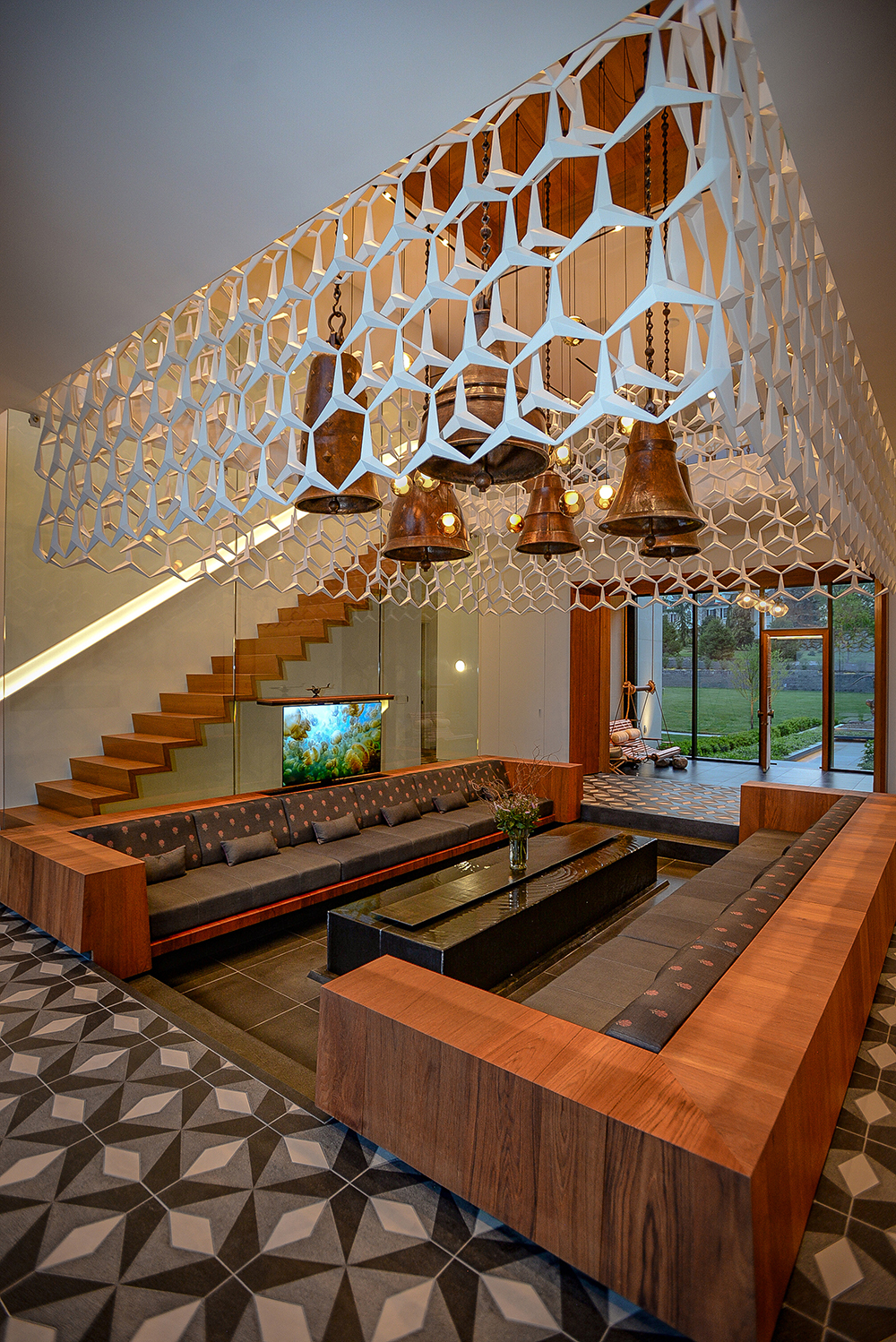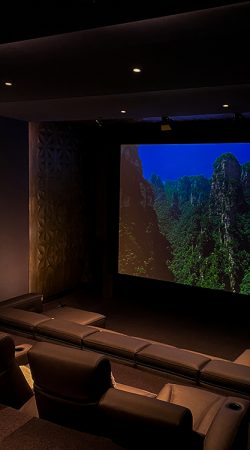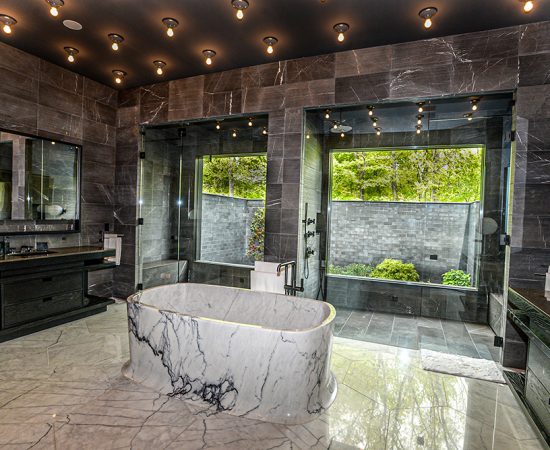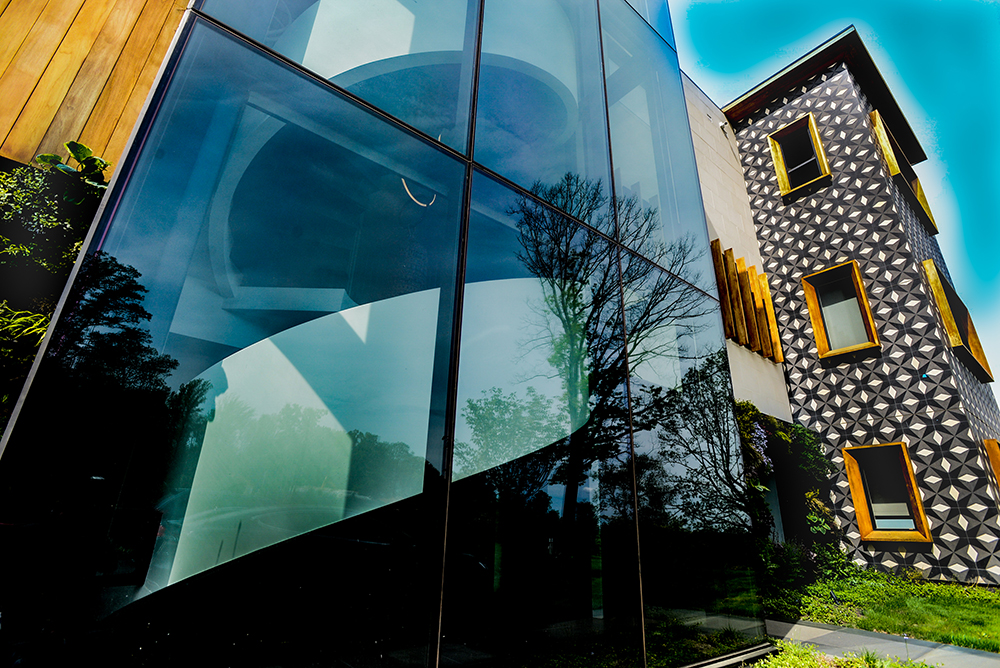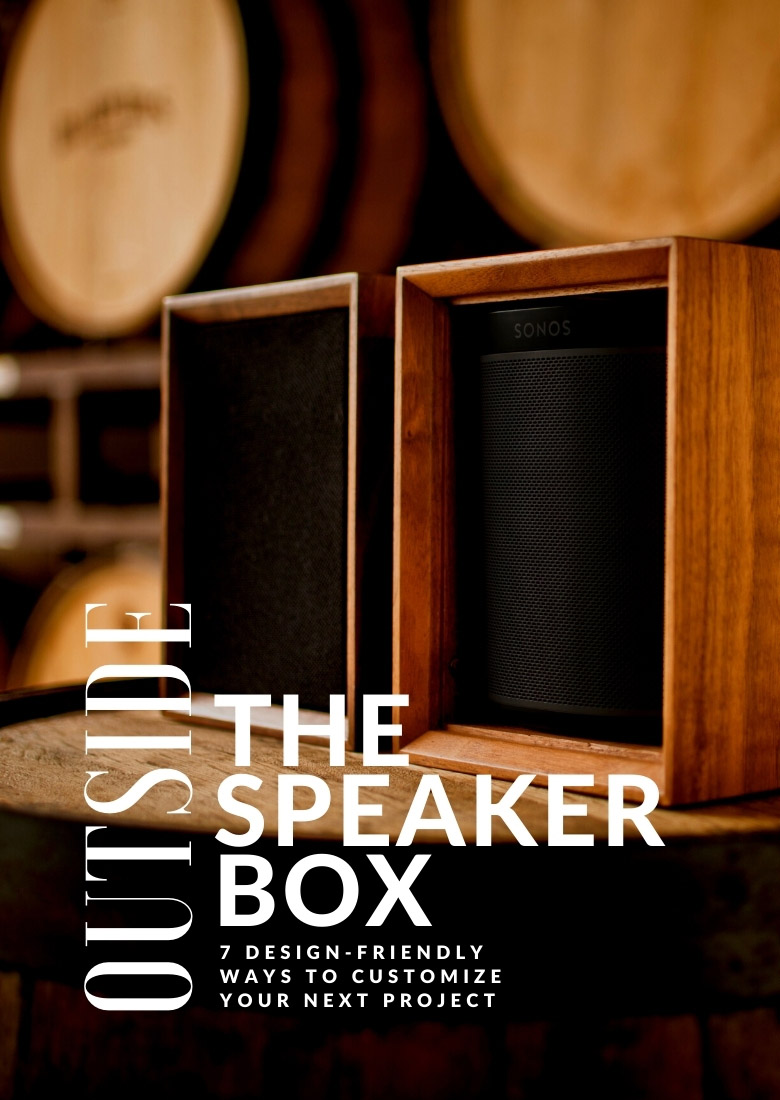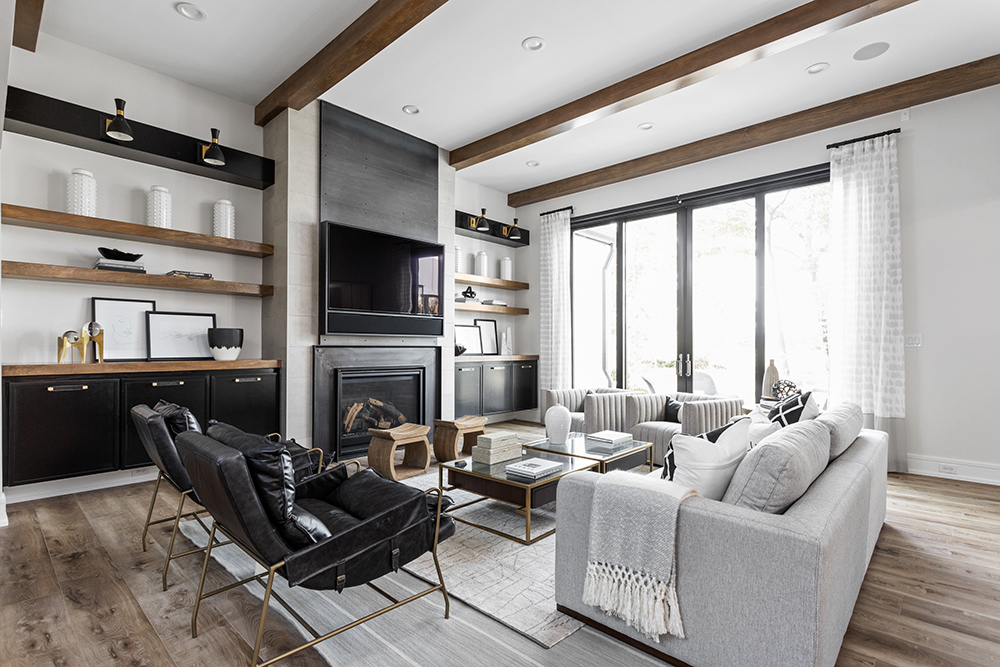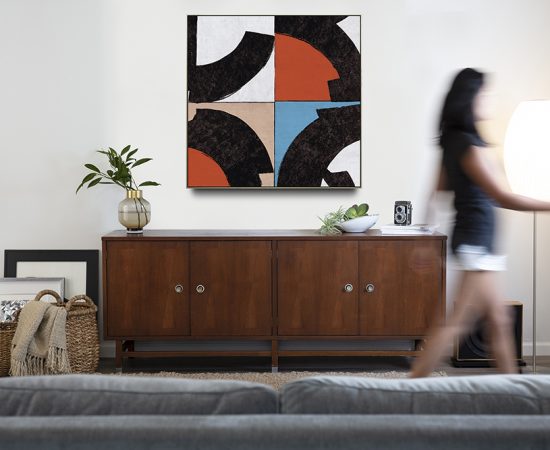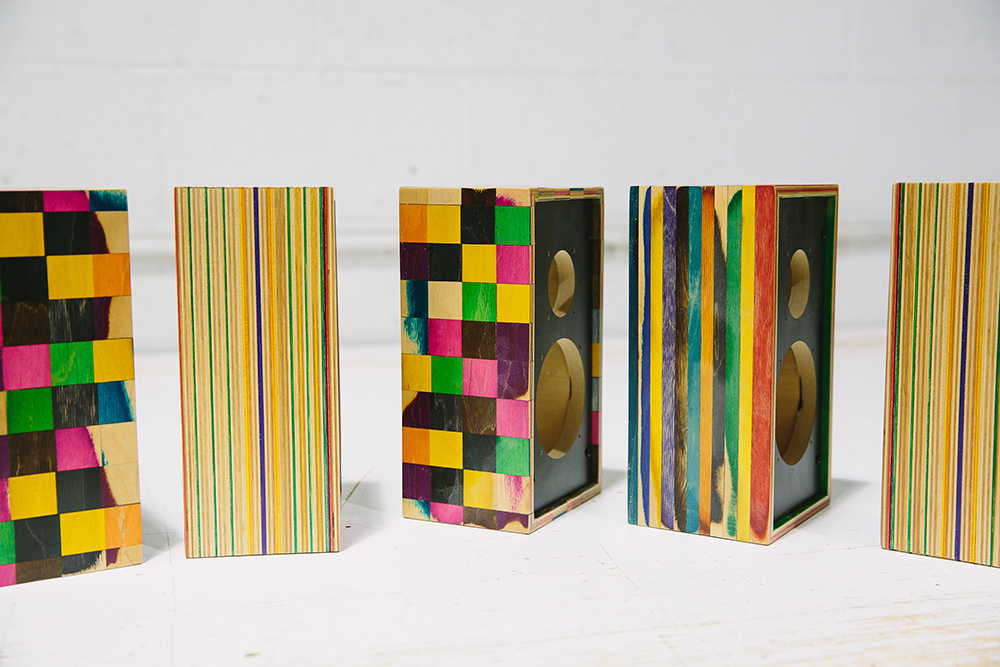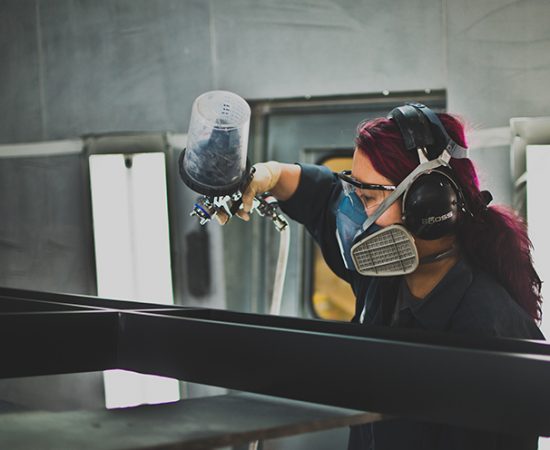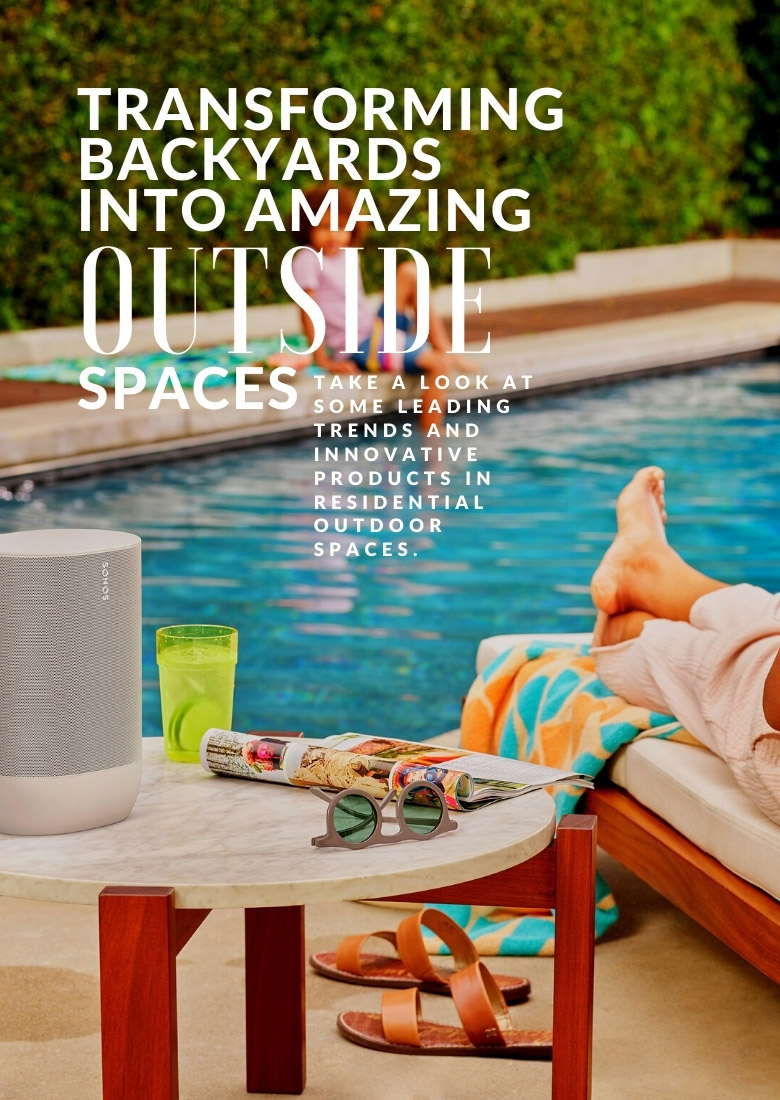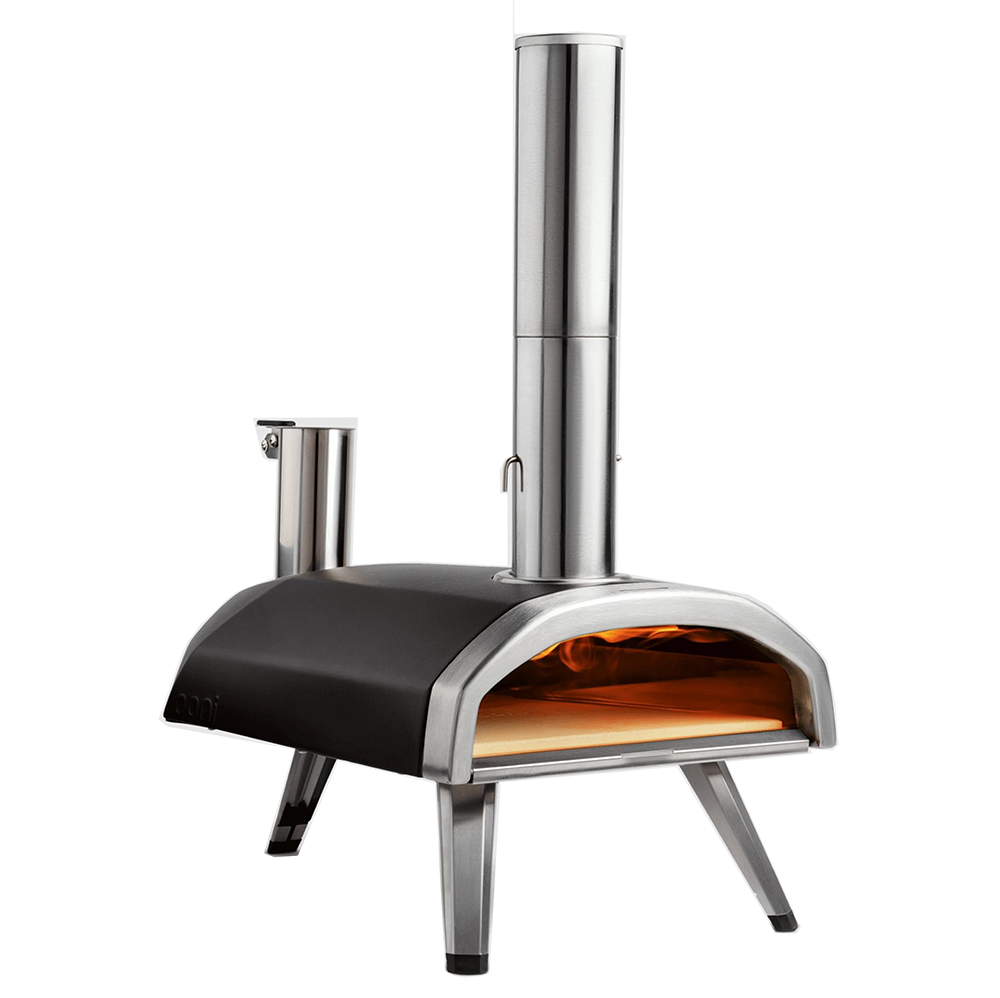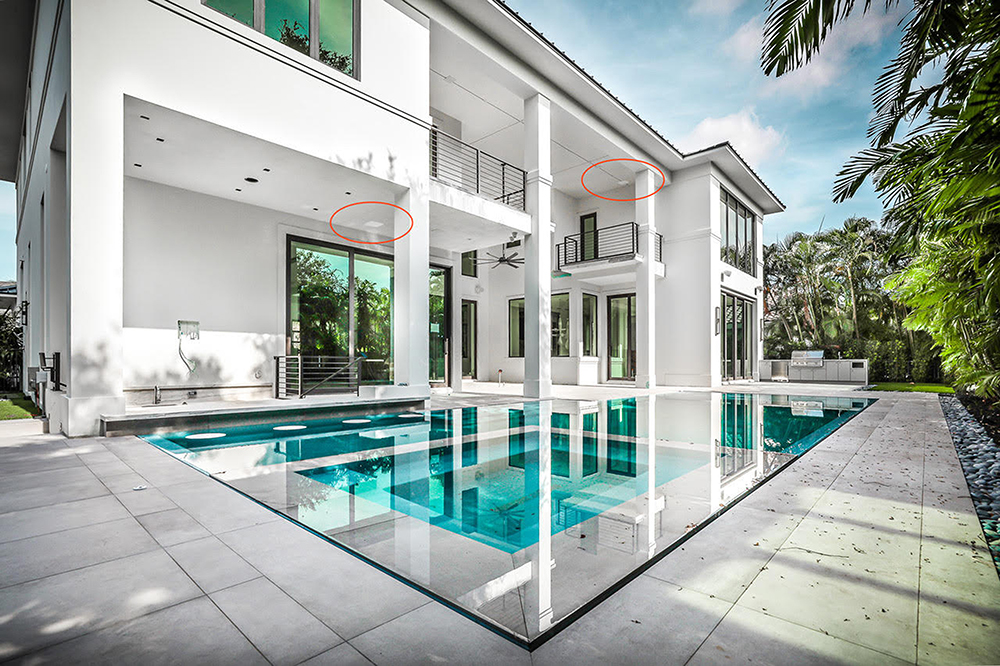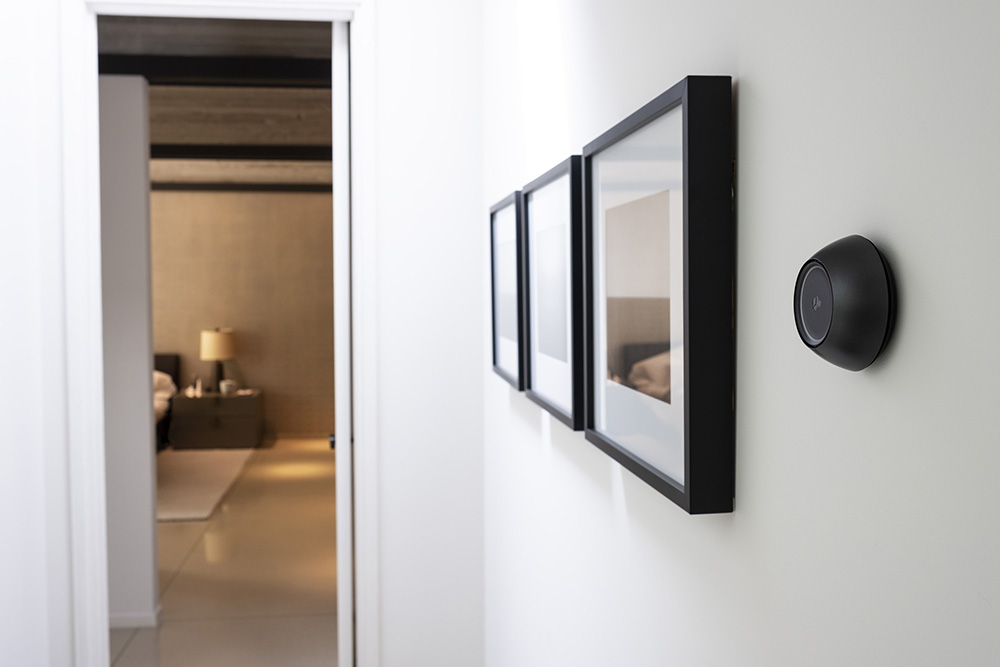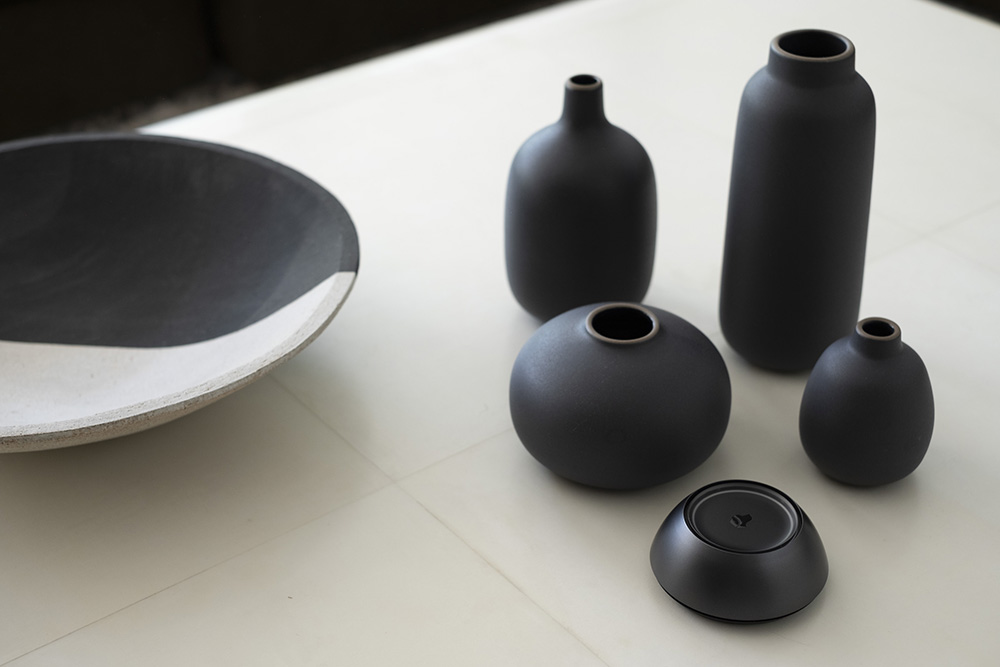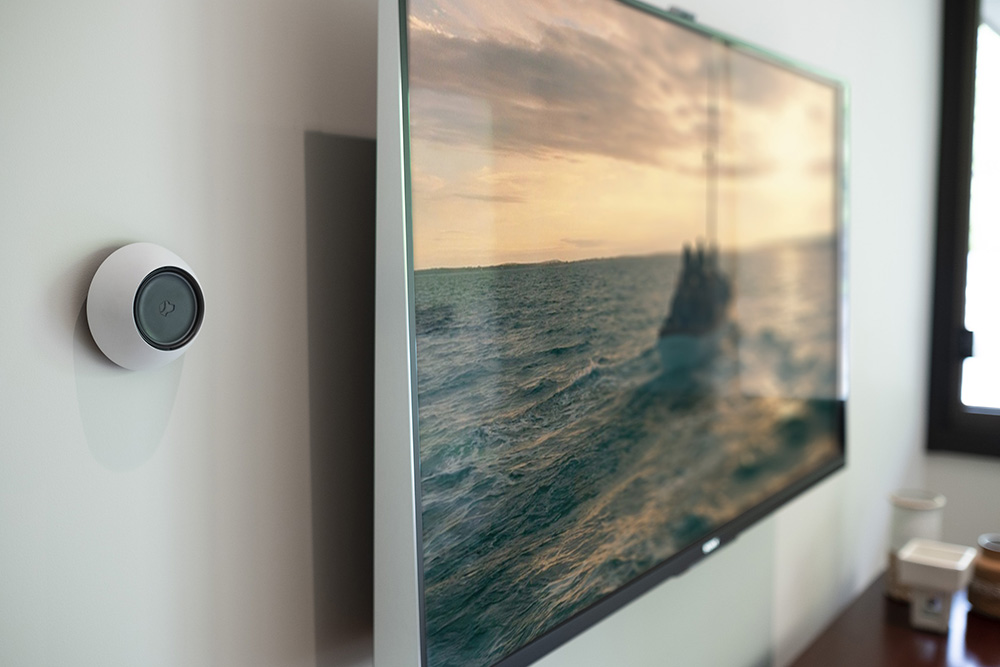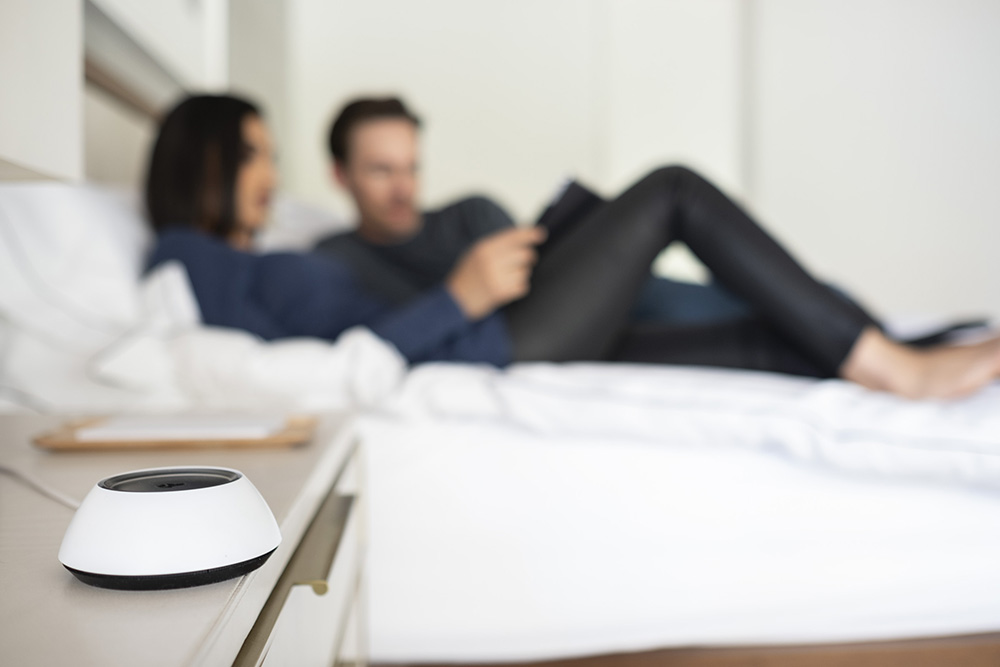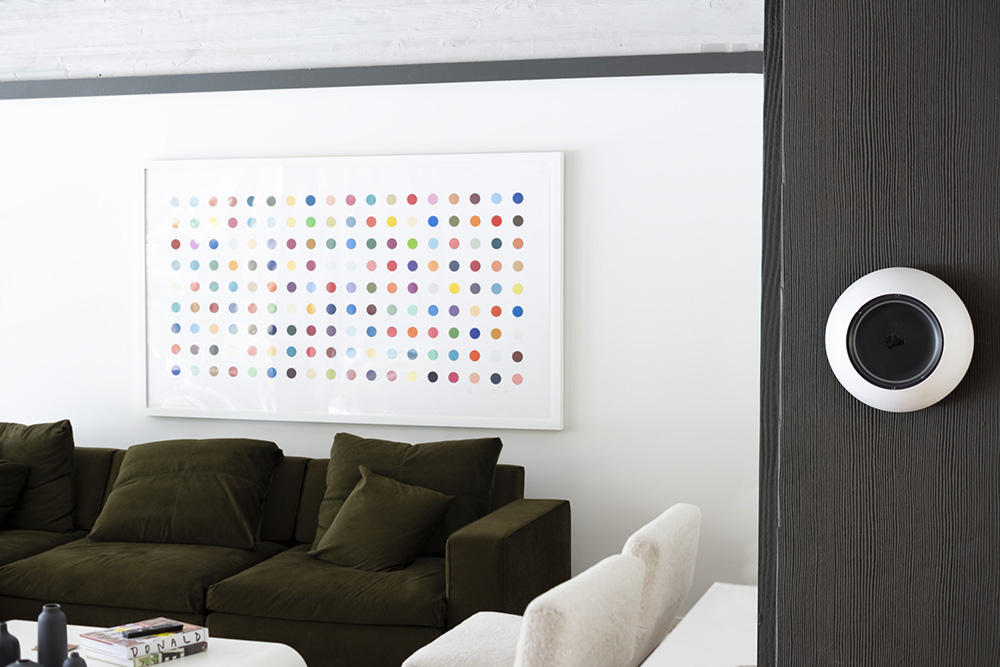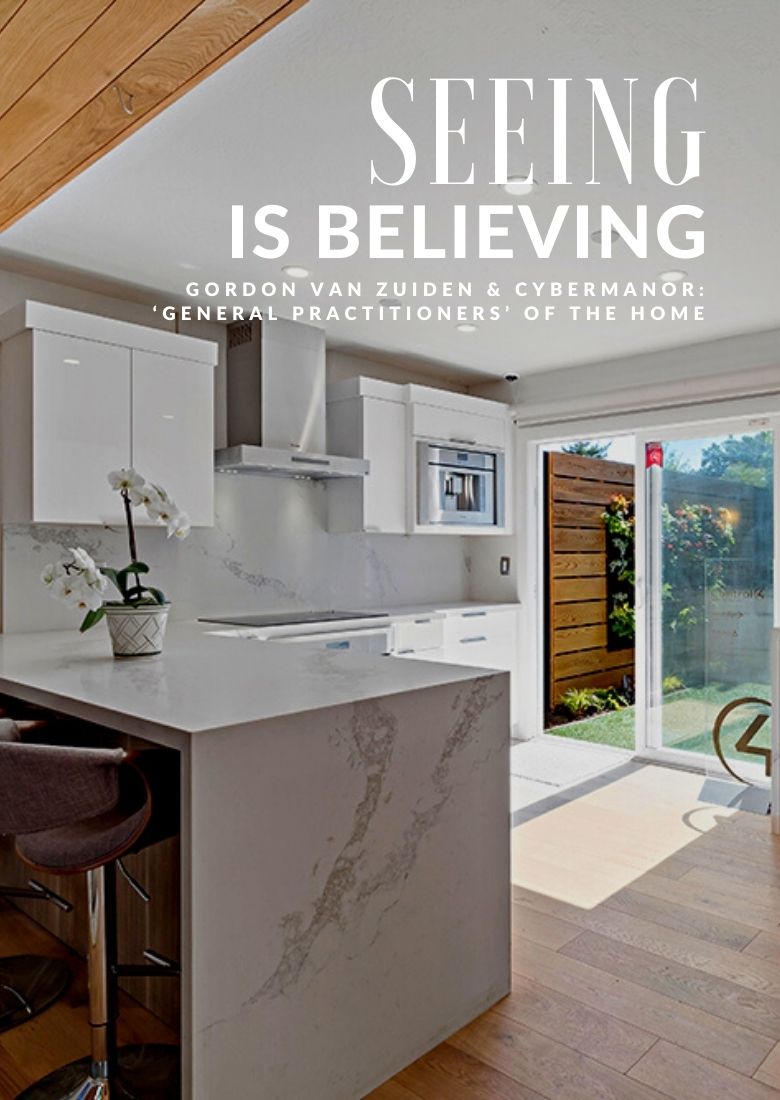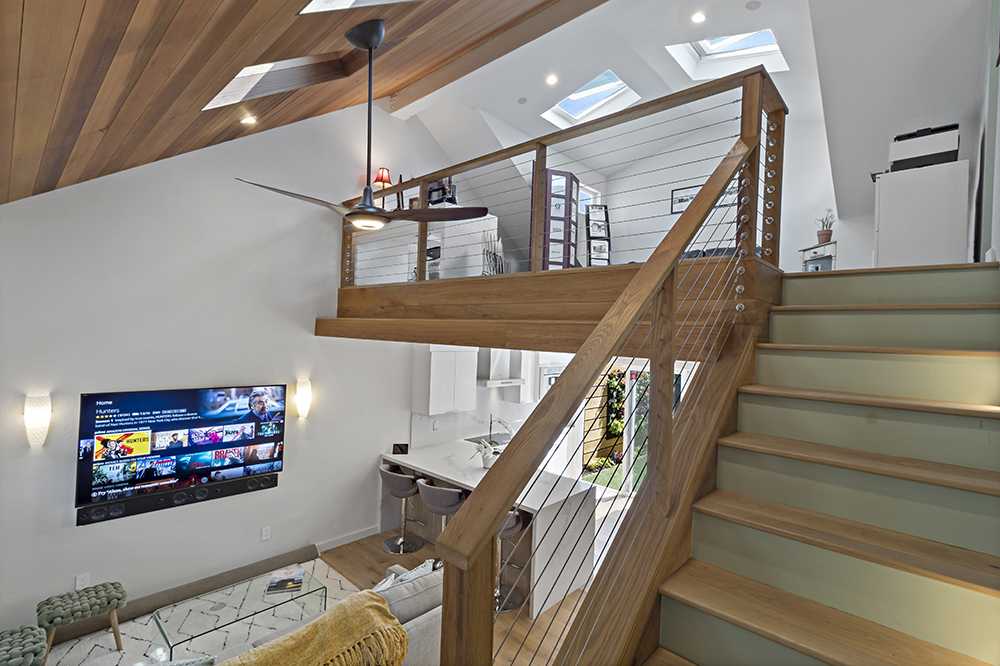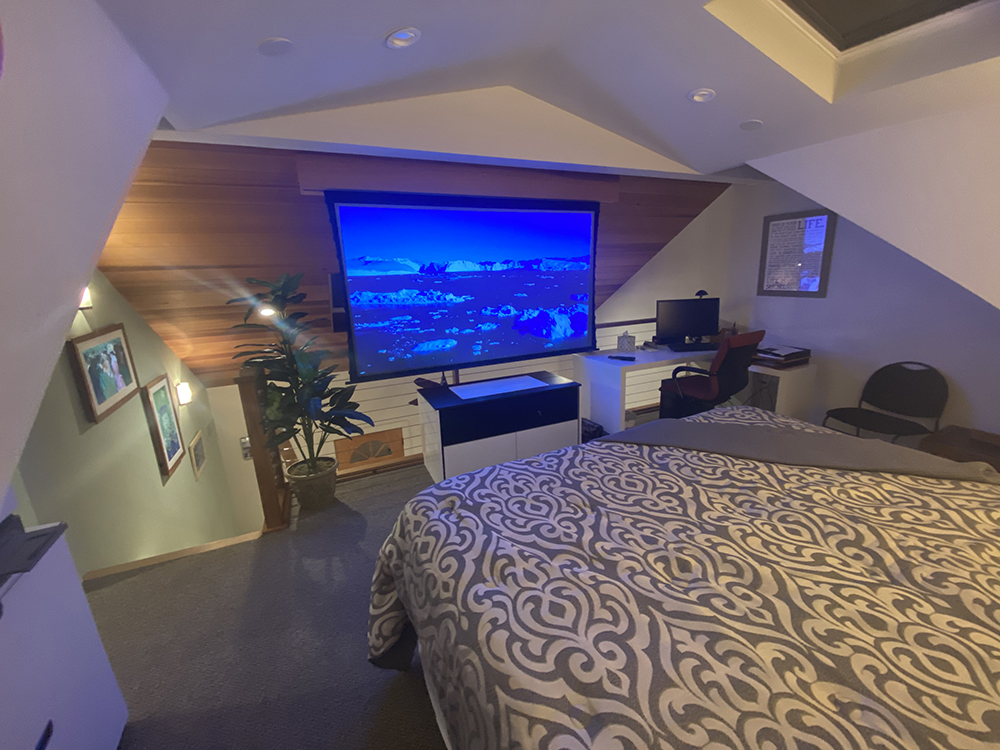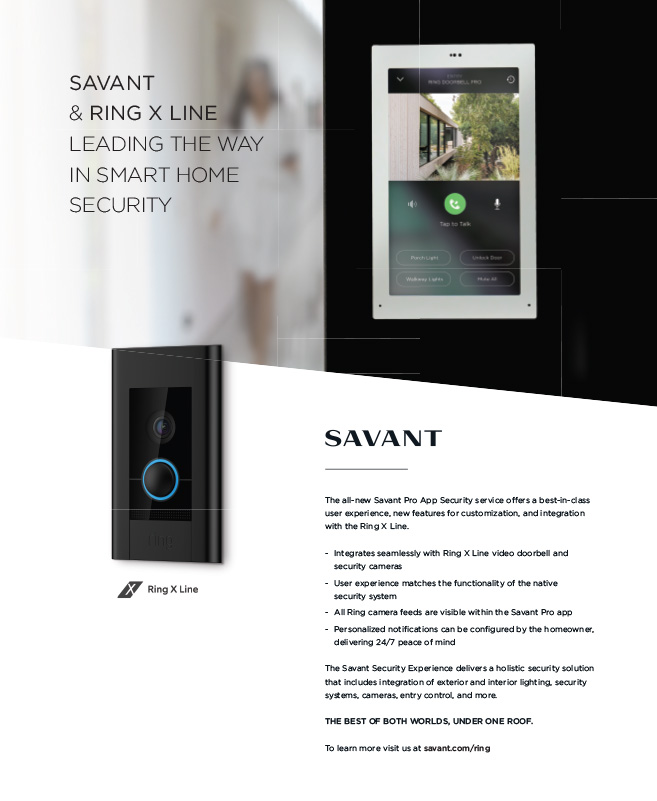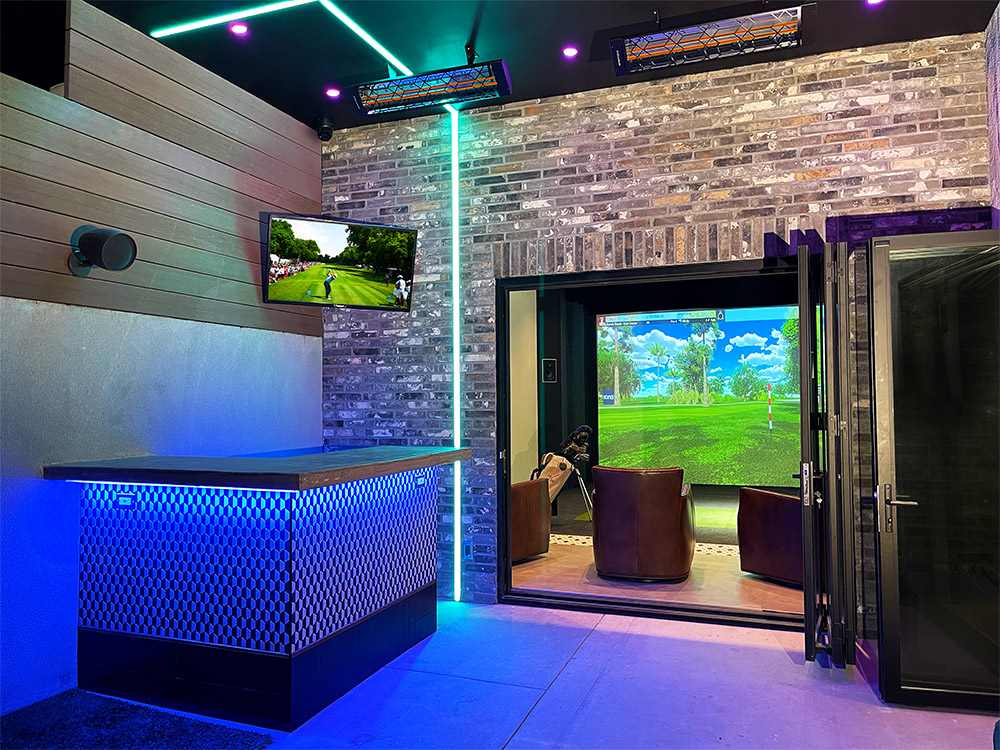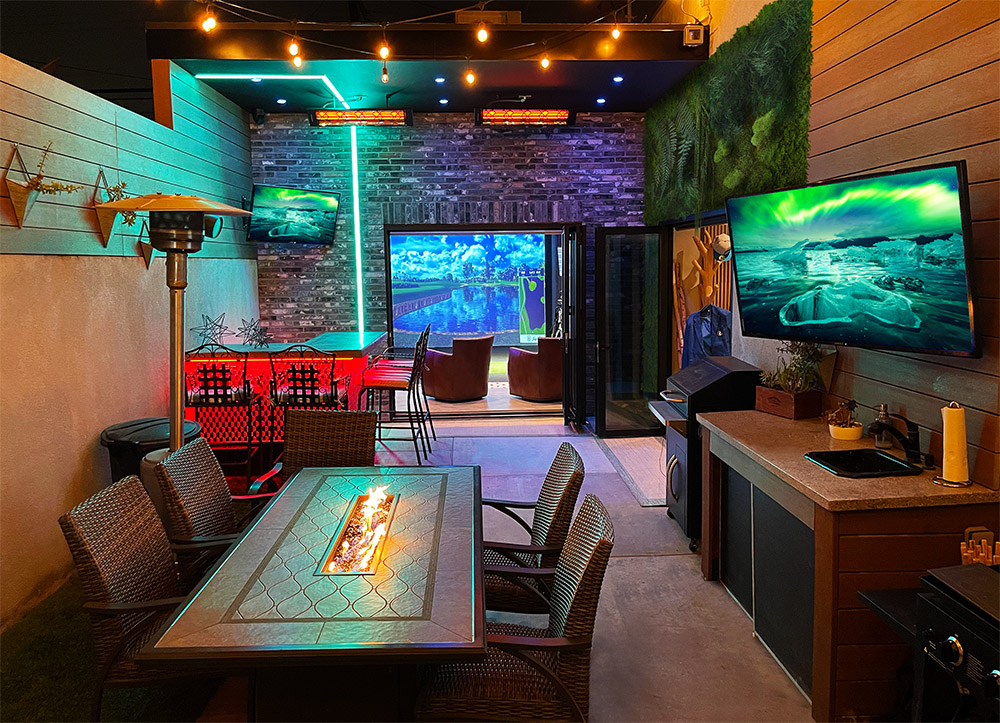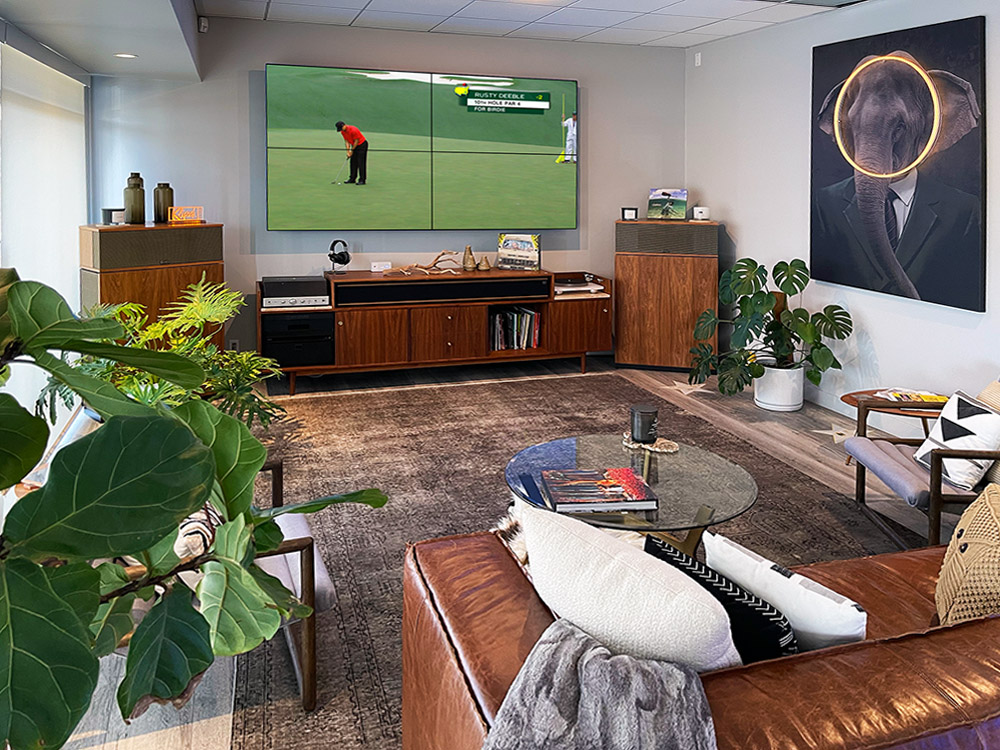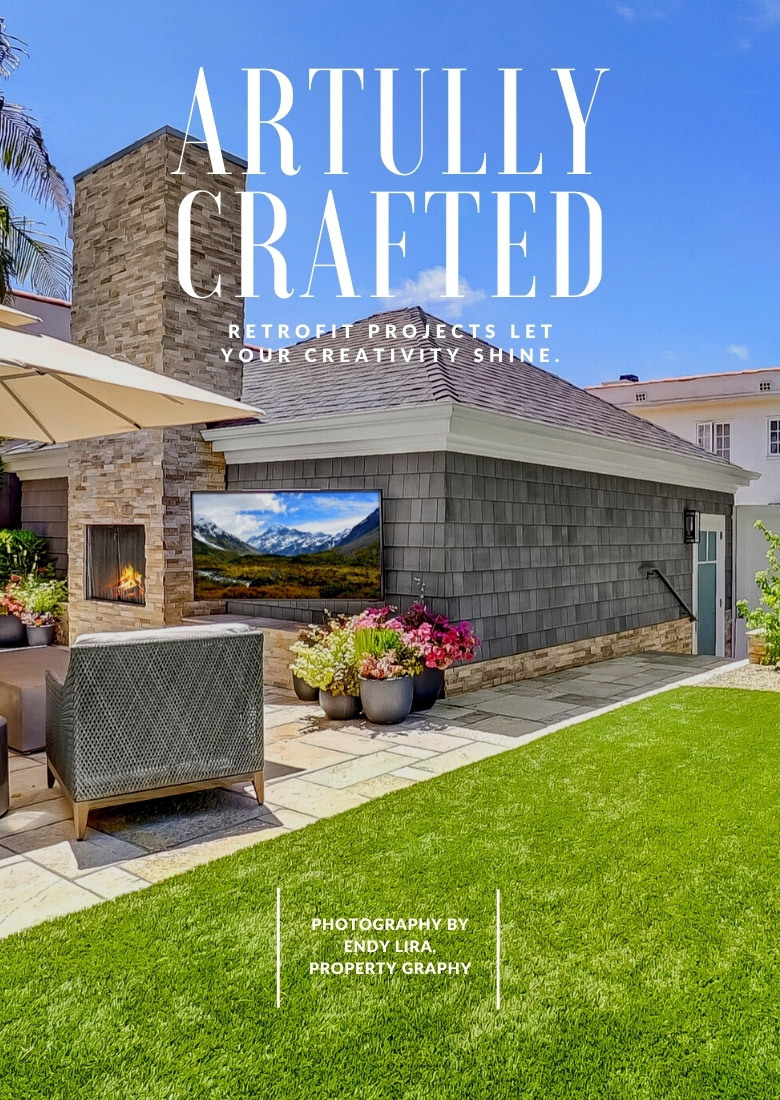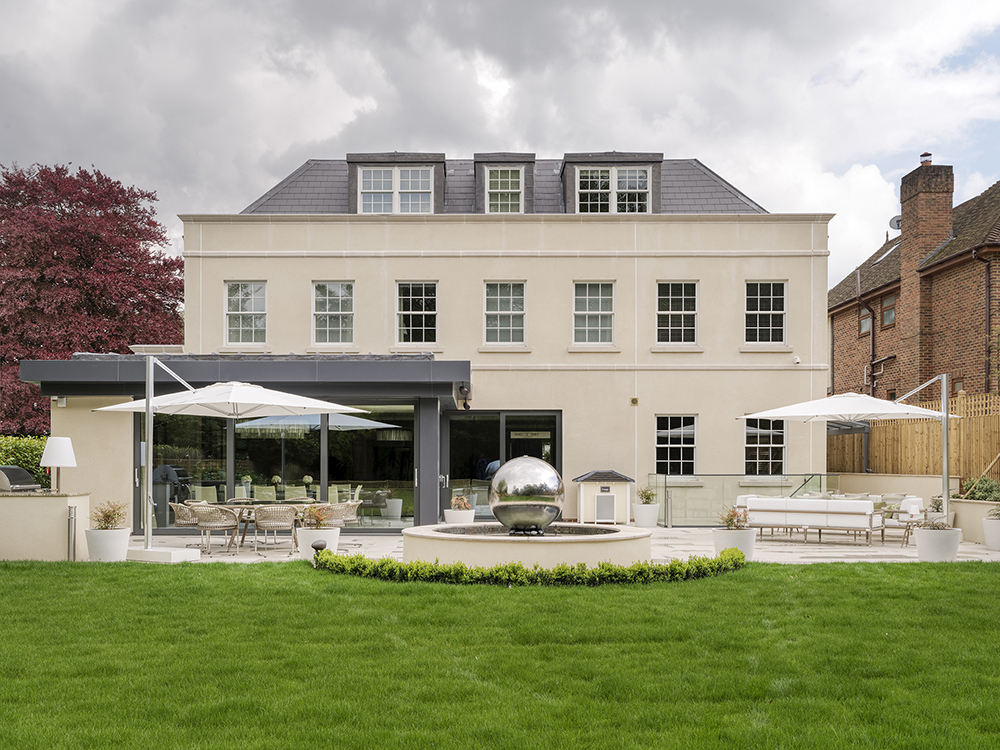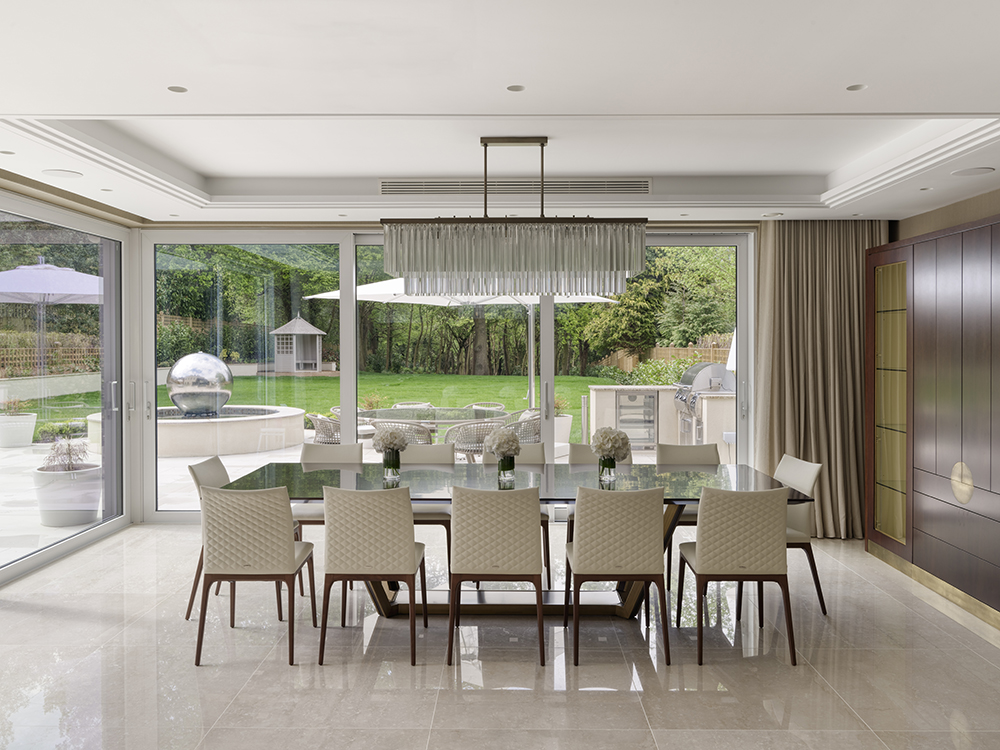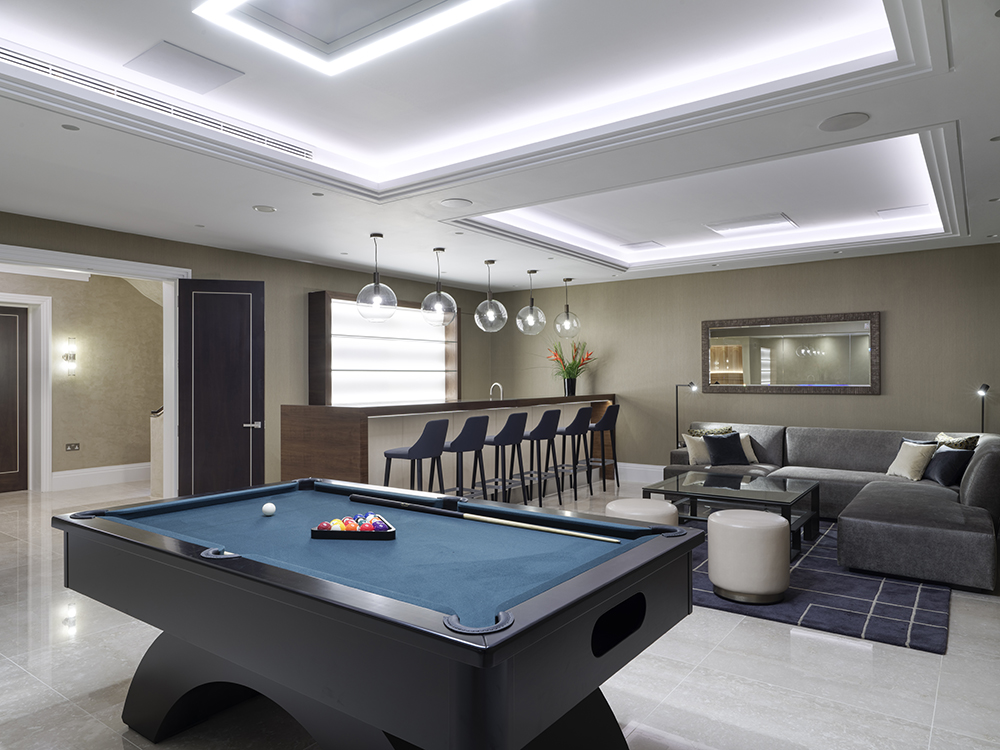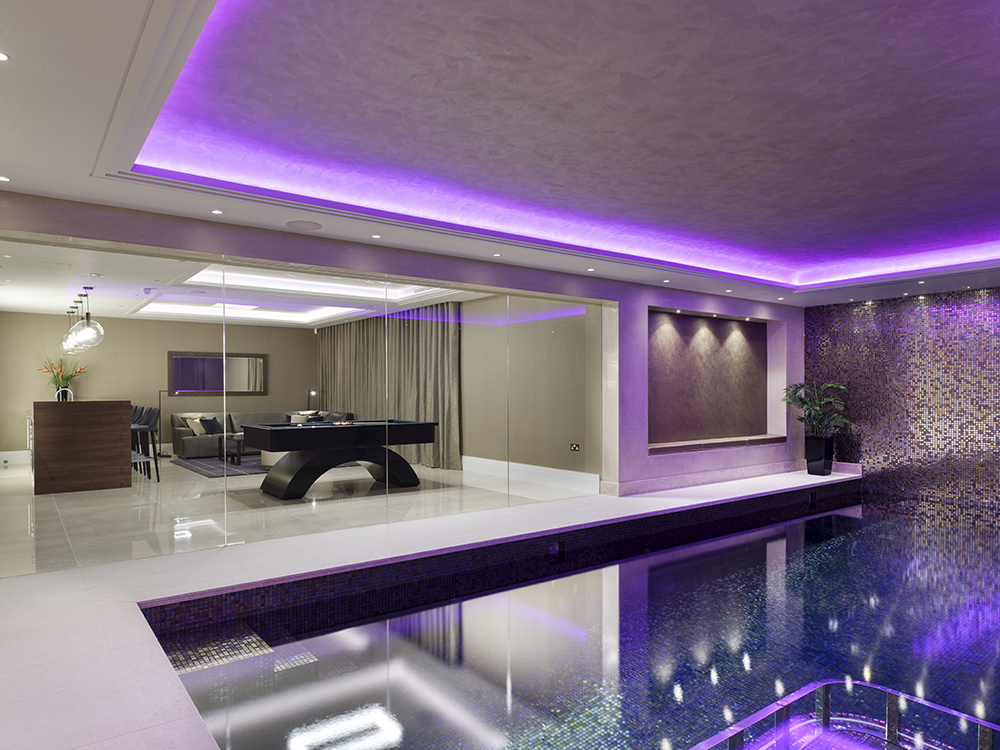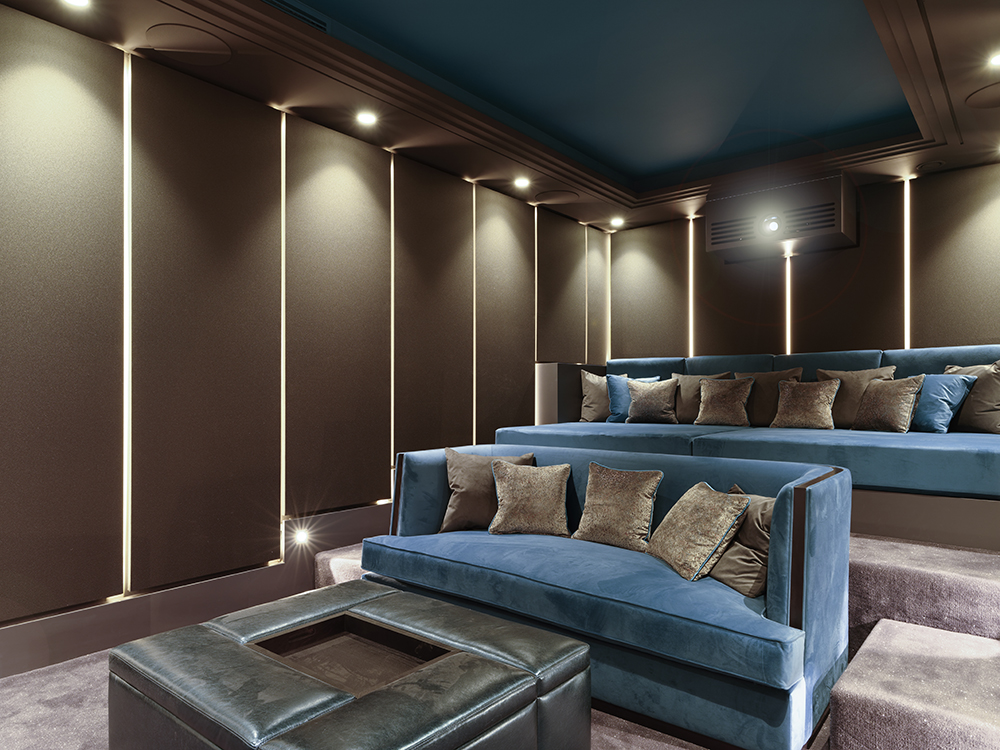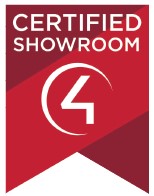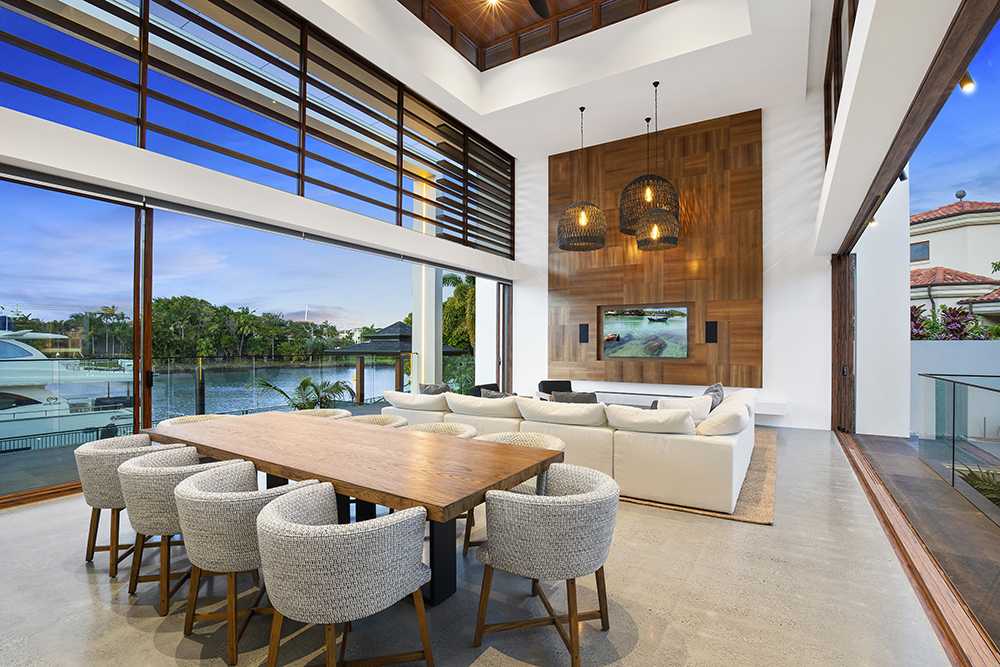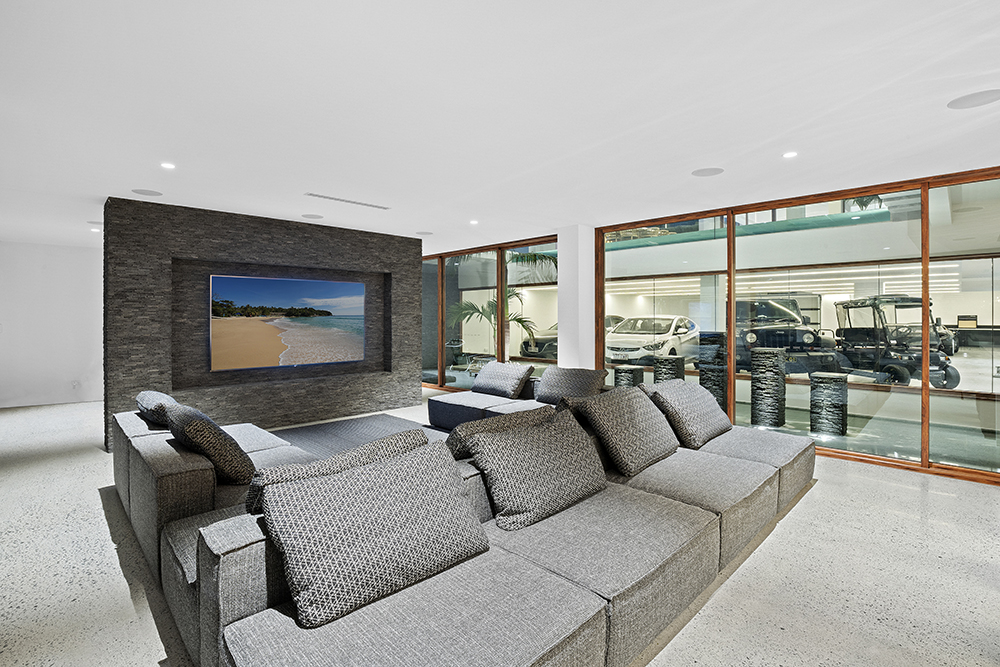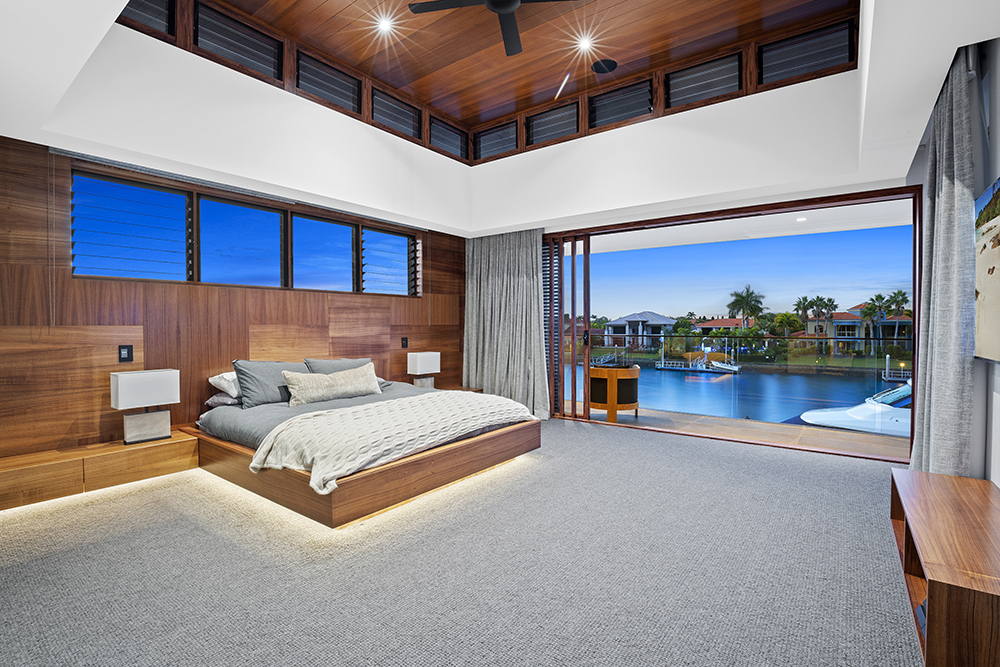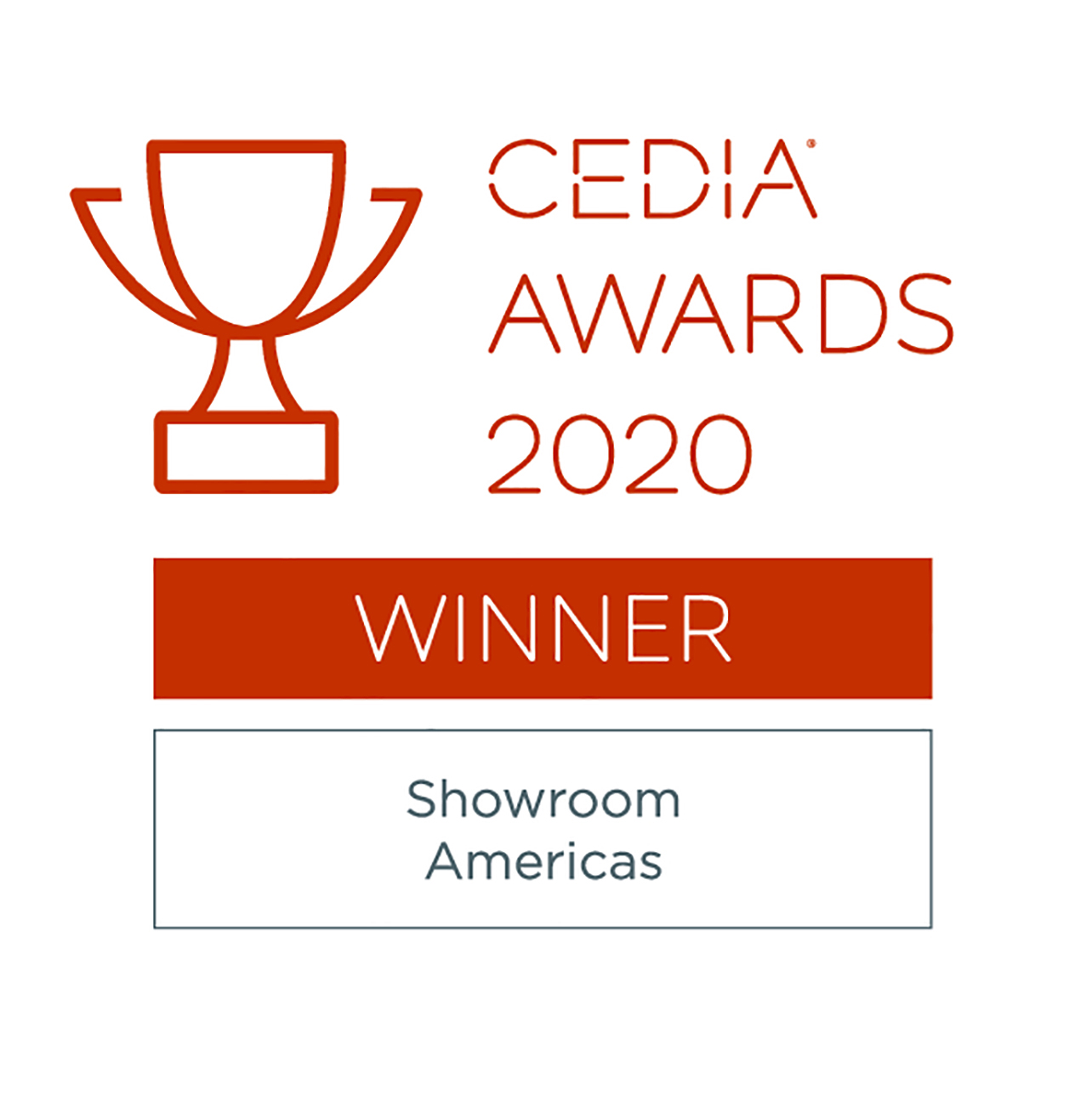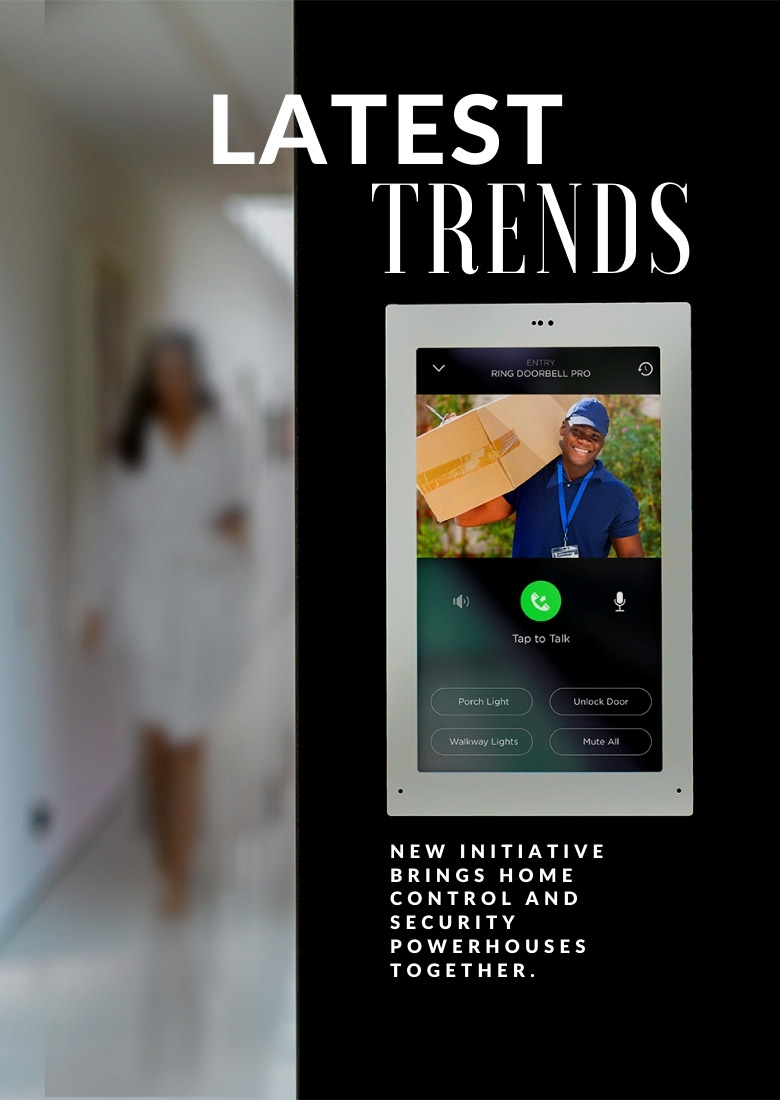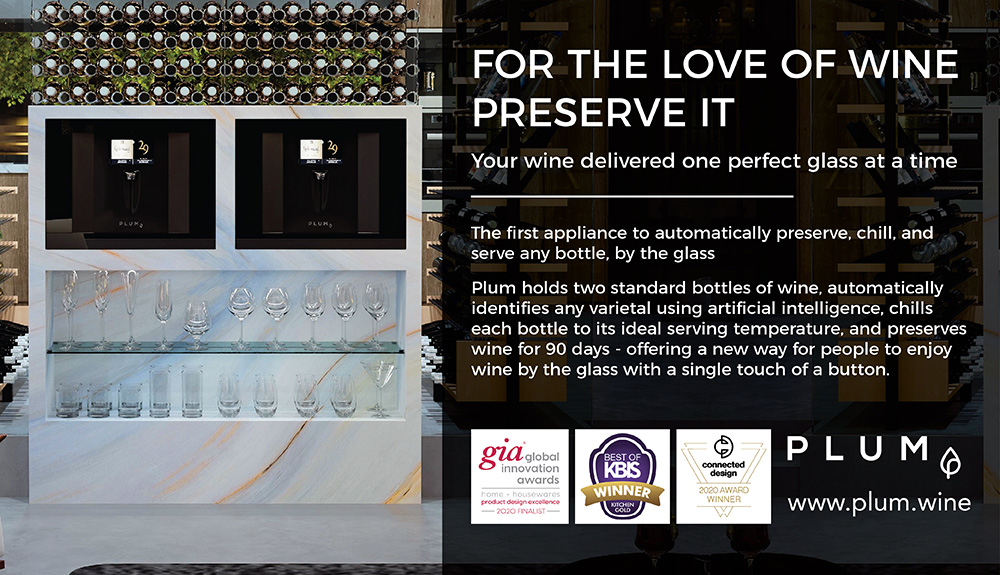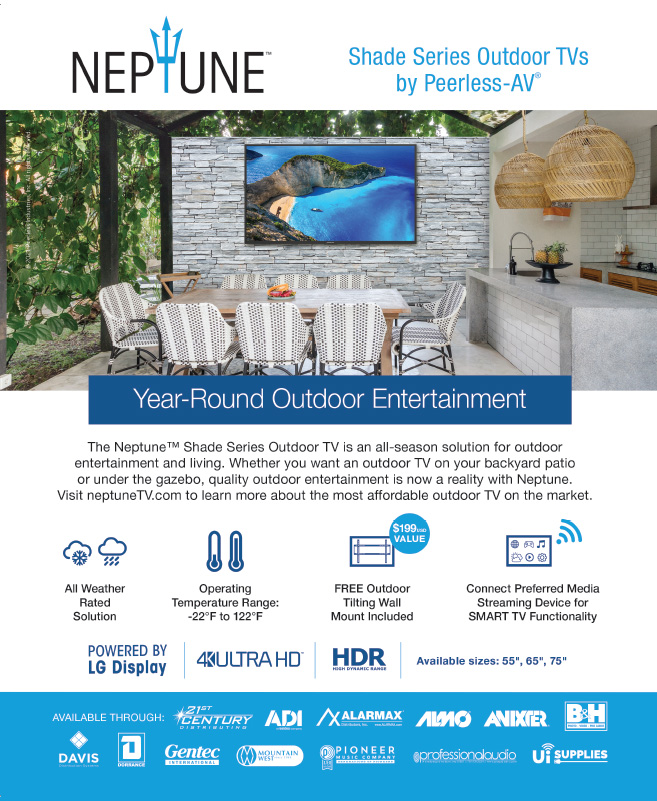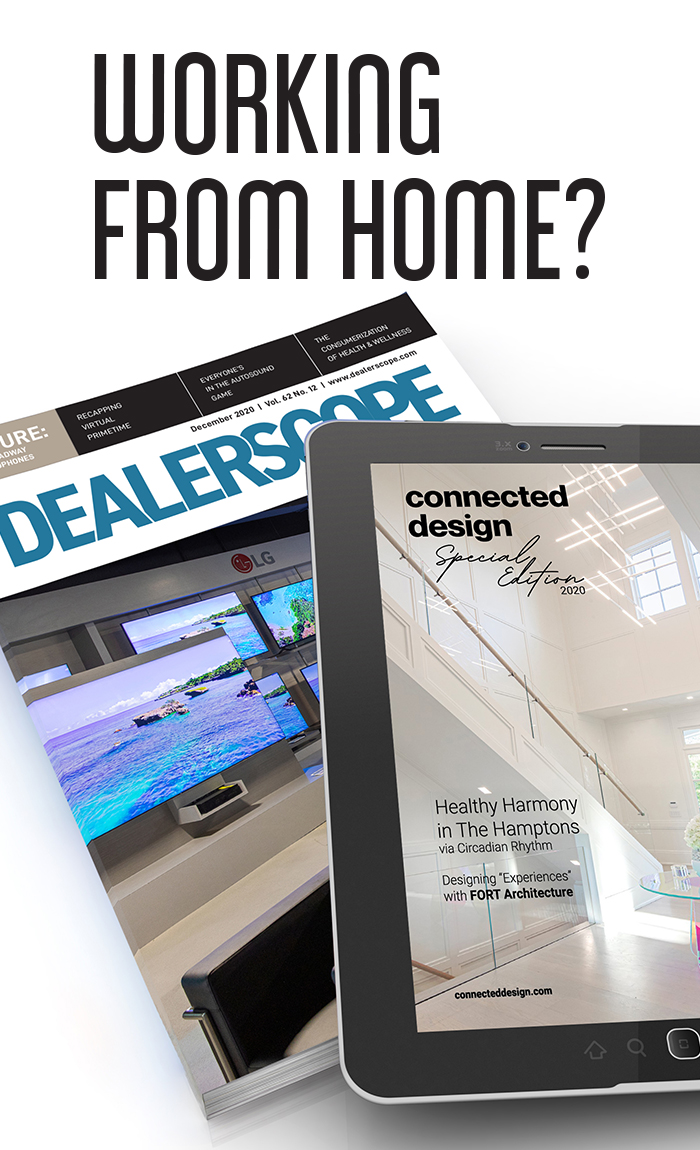Let’s Eat
“With families of all ages at home so much more now, there is a renewed interest in kitchen and vegetable gardens,” says landscape designer Renée Byers in an article by AD Pro. “We locate kitchen gardens in sunny spots as close to the house as possible and integrate them into the landscape with paths and fencing…”
It’s not just the ingredients that take root outdoors, however, but the kitchen and dining areas as well. “People want family spaces with everything from big-screen TVs to pizza ovens and billiard tables. They want their homes to look like and have the amenities of the resorts that they used to travel to for vacations,” says landscape designer Fernando Wong, whose clients are requesting fully equipped outdoor kitchens with fridges, storage space, and custom-built grills.
Some Like it Hot
The outdoor pizza oven is a coveted outdoor-kitchen fixture and there’s a wide range of options. The Ooni (right), is an inexpensive model (used often at KMB headquarters!) reaching 950°F in just 20 minutes and cooking incredible stone-baked fresh pizza in as little as 60 seconds.
Ramsin Khachi likes the Zesti ZRW Bench Top Wood Fired Oven while Modenus Media’s Kitchen & Bath Industry Group designers were recently discussing Kalamazoo pizza ovens, which also sells Kamodo and Gaucho style grills that are downright sexy.
Emily Clark, Creative Director & Designer of Clark and Co. Homes, who was recently interviewed during Design Uncut’s “Smarthome Ecosystem” episode for KBIS Virtual, loves Traeger Grills for the outdoor kitchen, and recommends the Astria Oracle outdoor fireplace, as well. In addition to these hotties, we are also lusting over the Evoo grill, thanks to the recommendation of our COVID cooking crush Sam the Cooking Guy.
In-and-Out
With the kitchen moving outdoors, one might ask the question: Where does the indoors end and the outdoors begin? A good question, but also a moot point if you have partitions that open and close at will! Big retractable glass doors are a more permanent fixture of a home that can suddenly make indoor spaces al fresco.
Likewise, products like Screen Innovations’ motorized Zen Outdoor Shades take an outdoor space and temporarily enclose it, expanding your comfortable living space while keeping harsh elements at bay.
Leslie Carothers, CEO of Savour Partnership and long-time design industry consultant and innovator, named the SI Zen shades her favorite pick at this year’s KBIS show.
“This product allows you to expand the square footage of your home by creating a completely enclosed screened-in area that keeps bugs out, but allows air to flow in,” she says in a recent Forbes article, “Influencers Share their Favorite Products from The 2021 Kitchen & Bath Industry Show.”
Just, Wow
In a recent interview with Ramsin Khachi of KHACHI Design + Build on KMB’s Connecting Tech + Design Podcast, we talked about some very interesting outdoor technology that dares homeowners to dream. Some of the highlights he shared include the Sunflower Smart Umbrella, with integrated solar panels that generate and store renewable energy and that automatically follow the sun and close in high winds or inclement weather.
The Akvo Spiral Lift is a movable pool floor that covers your pool and allows you to use that space when you aren’t swimming.
Covering Up
How about some retractable options for those spots that get really bright and hot during the day, but you want to uncover as the sun retreats? Gate Shade represents
the beginning of a cooperation with Nicolas Thomkins, a designer of international fame, for the development of Unosider’s range.
The metal housing of the arch is available in several colors, while the inner frame is made of steel. Both integrated arm awnings can be operated via a remote control and provide a 30 square meter (or roughly 323 square feet) maximum covered area.
StruXure motorized pergolas are also stunning, causing a buzz from designers on social media. The Pergola X, for example, is the modern-day pergola that has the technology to open, close, pivot, and slide depending on your needs.
AV Keeps it Fun
The idea of moving the media room and music outdoors is not new, but we’d be remiss if we didn’t give a nod to some of the rugged audio-video trends and products that anchor backyard entertainment. Jamie Briesemeister of HTA Certified firm Integration Controls loves the Samsung Terrace outdoor QLED TV, Sea-loc nano-coated weatherproof TVs, and Coastal Source speakers and outdoor lighting fixtures, featuring Savant control and more. We also love Leon’s Terra LuminSound line, which incorporates speakers and lighting in one compact, waterproof enclosure.
Consider the Outdoor Home Network
Outdoor spaces can have spotty coverage and can wreak havoc on your sanity as you’re trying to do a Zoom meeting from the hammock.
“The outdoors can be a challenging environment to accommodate, as large open areas where coverage is needed can potentially have a lot of interference from neighboring Wi-Fi systems, buildings, even trees,” says Access Networks’ Nathan Holmes. “We recommend using a combination of Omnidirectional and Sectorized access points. Wi-Fi energy radiates horizontally in all directions from an Omnidirectional access point, whereas a Sectorized access point focused the Wi-Fi energy in specific directions and patterns.
By installing sectorized access points on the perimeter of an outdoor project and using omnidirectional access points attached to structures and/or located in the central areas of the property, a comprehensive Wi-Fi design can be created that provides excellent Wi-Fi coverage where it is needed and reduces interference to (or access from) neighboring properties.

